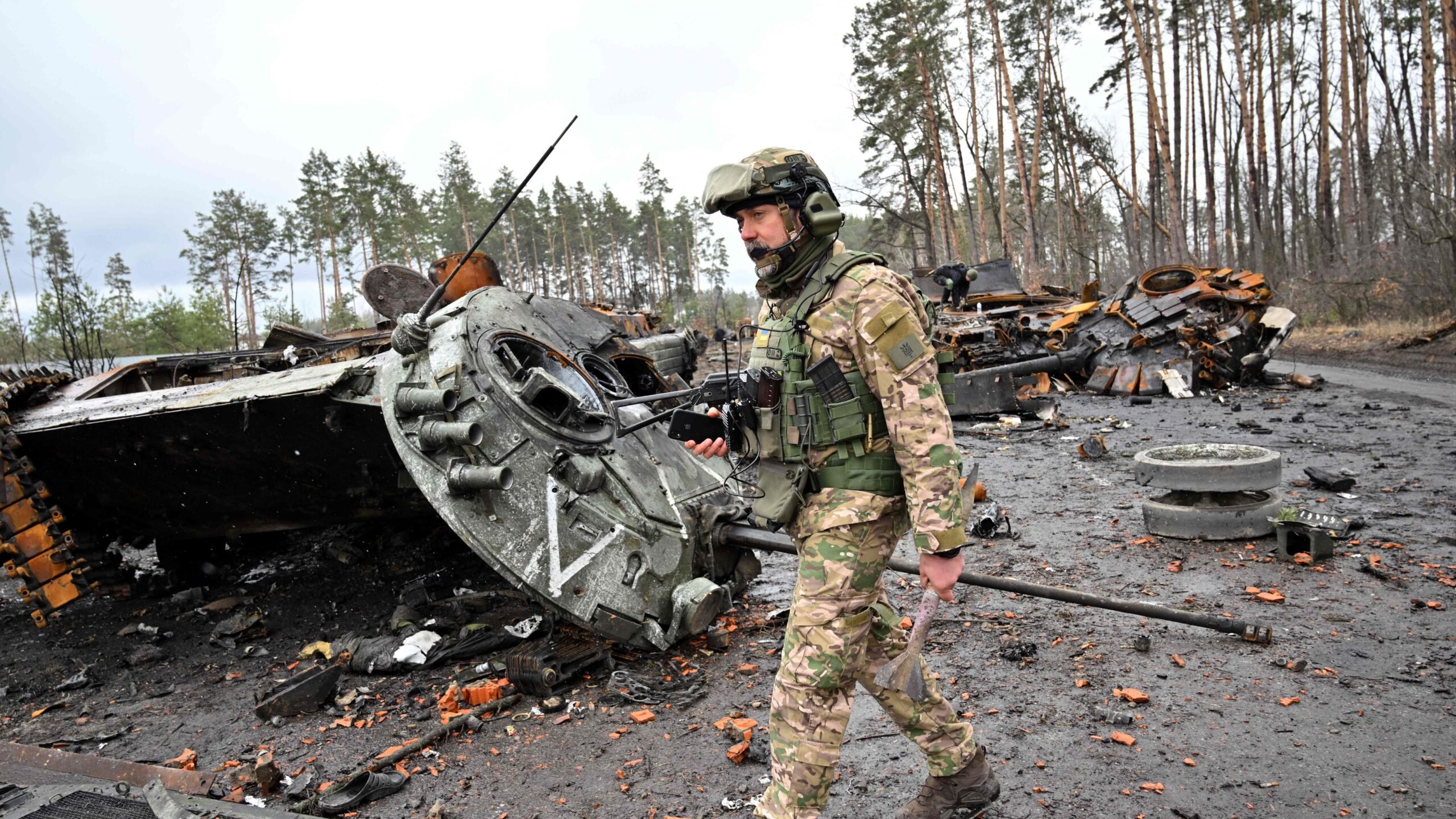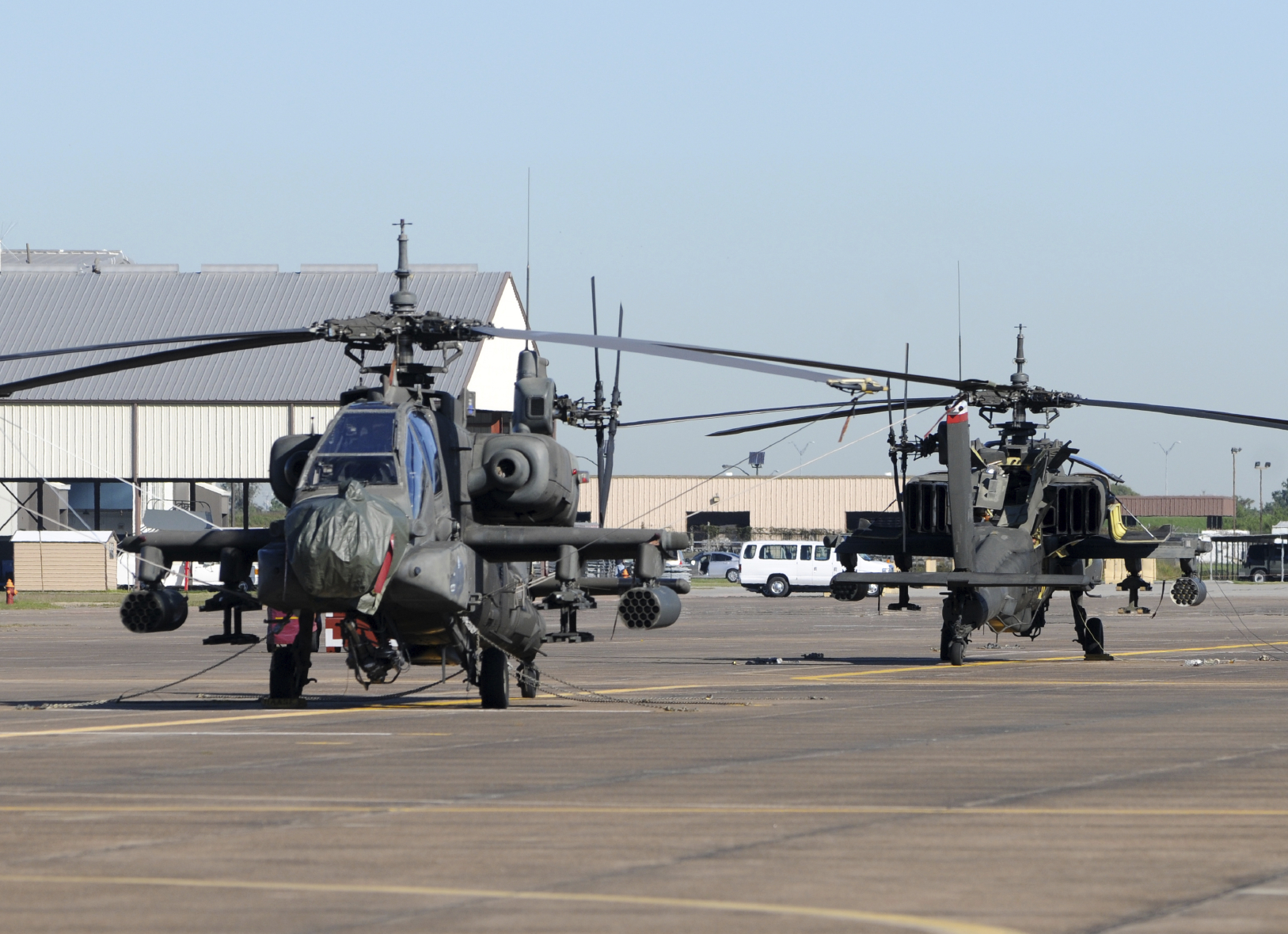Fort Lauderdale Military Base - Aerial view of the NASFL with a squadron of Avengers mid-flight celebrating the end of the war, 1945. © NASFL Museum.
The United States did not enter the war until 1941, but Fort Lauderdale felt the impact sooner than most of the rest of the country. In December 1939, a British ship chased the German freighter Arauca into Port Everglades, where it remained until the United States captured it in 1941, before Germany declared war on the United States. Before World War II, Fort Lauderdale was a vacation destination in the midst of the economic wars. In December 1941, the Army Corps of Engineers began converting a 9-hole golf course and Merle Fogg Field (now known as Fort Lauderdale-Hollywood International Airport) into a naval base. The NASFL base was completed and commissioned on 1 October 1942. With its proximity to a sheltered deep-water harbor, Fort Lauderdale, a resort town of 20,000 people, was an ideal location. Good weather allowed many hours of flying, open ocean was good for training, and the Everglades provided a natural bomb field because there were no heavy industries or other military targets to attract enemy fire.
Fort Lauderdale Military Base

The base was originally used to rebuild civilian aircraft for military service before being transported across the South Atlantic to Europe and then North Africa. It later became an important training base for naval aviators and naval air personnel from the United States Navy and Marine Corps who operated aboard aircraft carriers and ashore from mobilization airfields. Originally conceived as an addition to NAS Miami, NAS Fort Lauderdale became part of an independent naval base
Naval Station Norfolk
The Avenger was the largest single-engine aircraft used during the war. It was the first design to feature a new wing-folding mechanism made by Grumman, which was intended to increase storage space on the airframe. Avenger TBM/TBF Pilot Training was taught to other ranks: Radiomen, Machinist's Mates and Ordnancemen, along with radar and fire control operator training.
Also established to work with the NASFL are the Naval Air Station Shipyard, the Fort Lauderdale Department of the Navy and the Fort Lauderdale Coast Guard Station located at Port Everglades. These units were involved in providing practical training in bombing targets as well as air and sea rescue operations and receiving torpedoes. For example, the USS Absicon was a mock ship that served as training, and the USS Asheville (both operating out of Port Everglades) tested experimental weapons.
The base consisted of an administration building, a senior BOQ, a junior BOQ, a women's barracks building (WAVES), a ship's service building, a theater, a kitchen, a cafeteria, a service shop, a printing room and a rest room, a hairdressing salon, a sick barracks or a medical building . , Radio Communications Building, Control Tower, Brig, Link Trainer Building, Hangar Buildings, Sewage Works and Barracks for enlisted personnel. A large complex with more than 200 buildings, most of which are made of wood. Local Causeway Lumber Co. assuming most or all of the wood. The hardwood floors were cut from Eastern Florida Pine (hardwood now rare in South Florida). The general manager was in charge of the base, and the training officer led the operational training unit. The Base Management Division consisted of 12 divisions: Supply, Administration, General Services, Congestion, Artillery, Personnel, Medical, Communications, Pay, Garden, and Physical Training. The Navy's Port Everglades facility came under the jurisdiction of the base administration. Followed by several sections: Security, Naval Service, Navy Management Program, Civilian Personnel and War Bonds. The operational training unit consisted of 8 sections: aviation, engineering, operations, ground training, armament, aircrew training, staff and air plotting sections.
In 1942, the City Chamber of Commerce recognized the need to keep employees happy, and initial efforts to get USO help were unsuccessful. This led to the creation of a
Fort Lauderdale, Florida
On Las Olas Boulevard. on SE 1st Ave Large unfinished building donated by Robert H. Gore, owner of the Fort Lauderdale News. Local businesses and residents provided all the materials and labor to complete what was described
This center served more than 2 million servicemen and women during the war. The embrace of the community had much to do with the growth of Broward County into a large metropolitan area as many of the men married local girls and settled here.
The station was still under construction when 16 student pilots and 17 Avengers TBMs arrived at the base. At this time the Bachelor Staff Quarters had not yet been built. Junior officers boarded at local hotels, mostly small family businesses in downtown Fort Lauderdale. After graduation, many will live on this base or go to other military locations. From 1942 to 1944, the base would train 1,686 American and British pilots and thousands of aircrew. At the peak of use in April 1945, less than six months before the end of the war, more than 200 aircraft were in place. At the end of the war, the base was dismantled on 1 October 1946, exactly four years after its opening. Broward County played an important role in the Atlantic, as their pilots and crews sank many German U-boats. In the Pacific, they assisted in many battles, including the sinking of the world's largest battleship: the Yamato, off the coast of Okinawa as the United States prepared to invade Japan. The soldiers had to act quickly, so the number of casualties on the military bases increased. A sad but equally historic note is that 95 young Americans lost their lives at this base between 1942-1945 - the three most intense training years of the war.

When the war ended, the base closed its doors and all the buildings were forgotten. Large families began arriving in South Florida and the need for school buildings was in demand. Broward County officials decided to use the NAS Fort Lauderdale base to house students from several high schools (1949 to 1963), as well as Broward County Junior College. Students attended classes until the first permanent college buildings were completed in 1963. in the former Junior Naval Air Station buildings on the west side of the airfield. When the schools were closed, the once-comprehensive complex of training centers, barracks, dormitories, hospital, administration center, theater and supply depots was closed.
Sgt. Bolivard, Verdine (left), And Sgt. Sergio Garcia (center), Both Infantrymen Assigned To F Troop, 2nd Squadron, 2nd Cavalry Regiment, Treat A Simulated Casualty During Combat Lifesaver Course Evaluations, June 9, At
The buildings were a silent reminder of the large flight training centers of the 1940s. Away from the center of the action, the old foundation began to fade into a series of dilapidated buildings virtually unknown to the public. Later, Broward County took control of the property and developed the Fort Lauderdale-Hollywood International Airport. This airport will expand to become one of the general aviation airports in the country. Many service members stayed or returned to the area, a huge population explosion that dampened the boom of the 1920s.
In 1979, Allan McElhiney, a former WWII Marine, Ben Langley MCB7, Army Colonel Robert Rawls, Commander Stephen Sedillo USCG, and several history buffs and supporters formed the Naval Air Station Fort Lauderdale Historical Association (NASFLHA). They began their mission to convince the county to save at least one of the buildings slated for demolition. Of the huge naval base, only one structure was preserved:
.Members of the historical society worked tirelessly to register it on the US National Register of Historic Places. They eventually succeeded, and this building became the Fort Lauderdale Naval Station Museum. It is the only military museum in Broward County. Thanks to the commitment to the conservation cause of the founders of NASFLHA, and the important contribution of Broward County Commissioner Lori Nance Parrish, who was able to obtain $200,000 from the United States Department of Transportation (Lori's father, W. A. Nance, Jr. , during World War II He served in the Navy and lost a piece of history when the ship he served in sank. The museum building was finally moved in late 1999 to where it is today on Perimeter Road, adjacent to the airport. Naval Aviation provided an important catalyst for the South -Florida's economic growth and expansion. The Naval Aviation Museum that followed its closure is a testament to the importance of preserving our history for future generations. Today, Fort Lauderdale is a yachting and sailing center. There is a large cruise ship, one of the nation's top tourist destinations , and the heart of a metropolitan area of 1.8 million people.And it is a city that remembers its past.
The Fort Lauderdale Naval Air Station Museum is still a work in progress. It is run by volunteer staff and is open to the public, free admission, on Thursdays and weekends from 11:30am to 3:30pm. Plan a visit or contact /
North Star Flight Academy (fort Lauderdale)
Museum books | Membership | Information Bulletin Flight 19 |Memories | Voluntary | Media Kit | Veteran's story1 / 18 Show caption + Hide caption - A reserve medic looks on as soldiers carry a casualty to standby.
Fort polk military base, fort bliss military base, fort carson military base, fort military base, fort stewart military base, fort jackson military base, fort lauderdale military base lodging, fort bragg military base, fort meade military base, fort drum military base, military base fort worth, fort huachuca military base


0 Comments